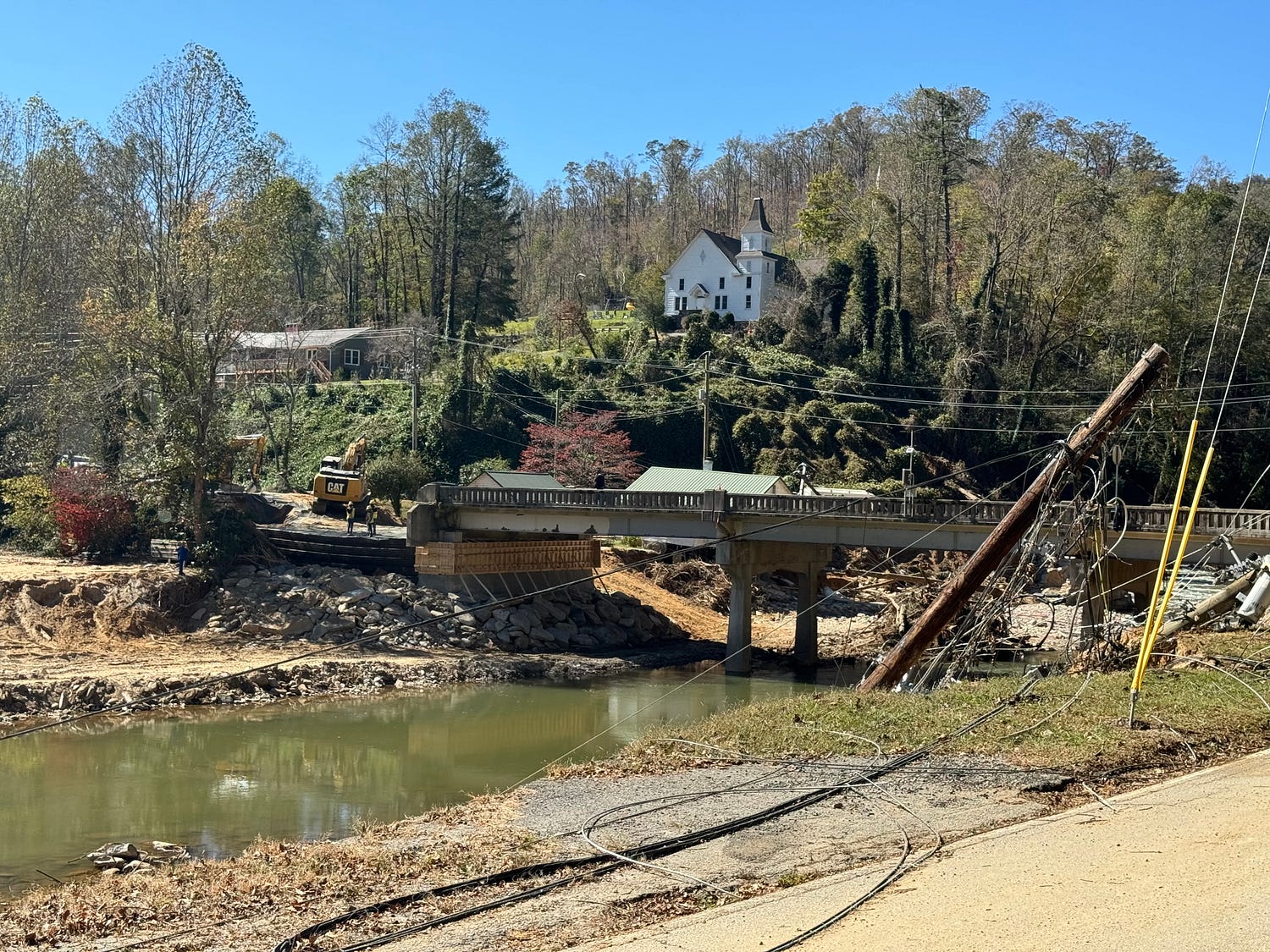Hurricane Helene: What We've Learned After a Year of Recovery

A year ago, Hurricane Helene swept away all traces of modern conveniences, leaving communities in North Carolina cut off from communications, and isolated from aid.
Now, Sara Nichols says she’s done crying. She’s digging where she stands, she believes that’s what the leadership in North Carolina and those preparing for disasters need to be doing — build better, so you don’t have to do it again next time.
Nichols says what happened in North Carolina was unique but that doesn’t mean it won’t happen again.
“We don’t want our communities to be the ones who can’t access resources. We don’t want other communities, not just in North Carolina, to experience a black out. We had this unique storm, we had something happen that a lot of people haven’t experienced, and we are choosing to leverage it into something bigger. We aren’t sitting around waiting for things to get done anymore,” said Nichols, a program manager with the Land of Sky Regional Council.
Redundancy, resiliency, rebuilding. Those are the conversations Nichols believes every emergency planner should be having.
“We are still doing important work with ITDRC. Our work has shifted into a deeper conversation about what we learned from that storm, and what we can share with other communities, and ITDRC has been helping us with our communications resiliency plan, which will be a bit of a tool kit for us to have and share.”
The tool kit focuses on best practices like pre-staging EOC’s, shelters, and distribution centers with equipment and personnel previously trained on how to use Starlinks and troubleshoot devices.
After all, Nicholas doesn’t expect Appalachian culture to change. She understands the citizens who live in the mountain regions pay what they call a “Rural Tax.” The further out you go, the more you pay in rural tax, meaning… you need to be prepared to take care of yourself. That has not changed. But those trained in pre-deployed tech that has been established in the area become very valuable players during rescue and recovery.
“Our communities will know where to go next time, so they can receive information and be better equipped to give it out. Resiliency hubs, up fitting, wiring, standing up access to equipment where people will go when they evacuate or where they will find resources… The reality is, in a storm we don’t really have the ability to control everything. So we’ll prepare people and take that responsibility off of our first responders. Knowing the tech will not be the urgency that it was before, our focus will be letting our first responders address what needs to be done.”
Nichols believes she’s a better person because of the storm, that the best thing this tragedy has brought to her community is progress. Work she said desperately needed to be done.
“When I needed someone, I picked up the phone and called ITDRC. They didn’t hang up. They listened to what I had to say and said, ‘Yeah, we got you.’ That’s what I needed at the time, I didn’t need to fill out another piece of paper or request to speak to someone else, I needed someone who had resources. I had ITDRC on my side who said ‘This is important, let’s do it.’ Now when I see other disasters like the L.A. fires or the Texas floods, my first gut feeling is, “I hope ITDRC is there.”










